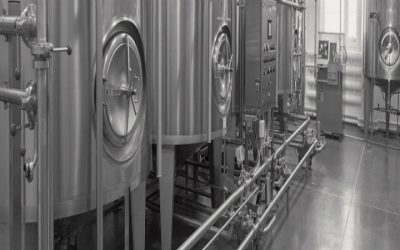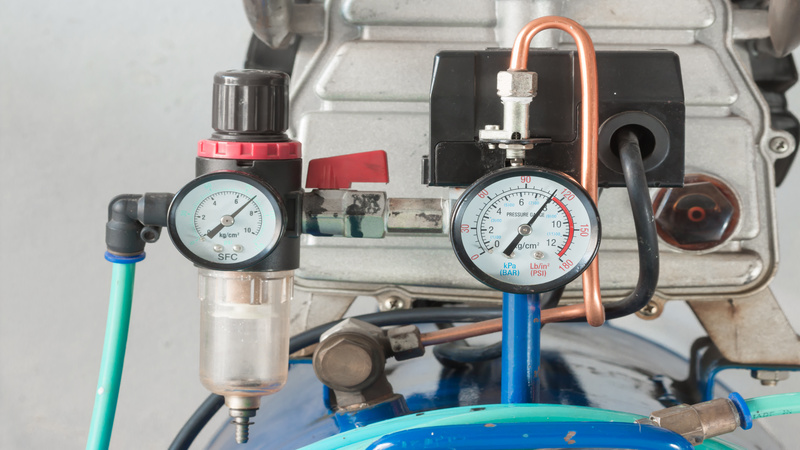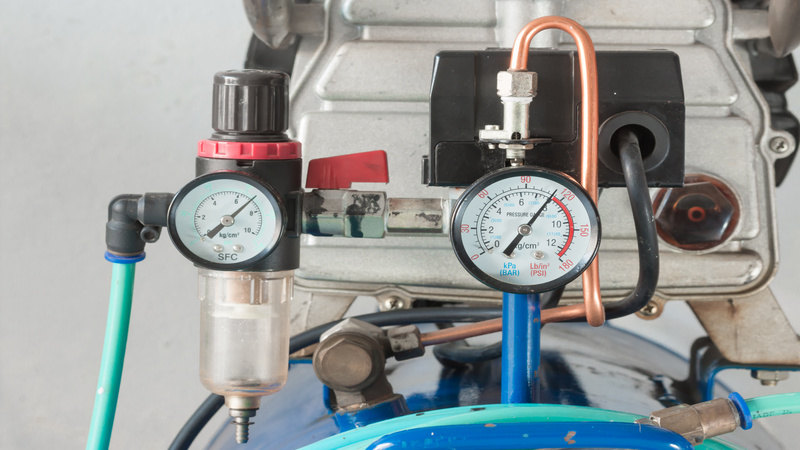The primary function of a hammer mill is to repeatedly smash aggregate materials so that they turn into little bits. This is achieved by using blunt, small hammers. These devices play a significant role in different industrial applications and are needed by several factories for effective milling and sizing.
The arrangement of several hammers between stiff plates and their combination on a rotating shaft is the basis of hammer milling technology. When in use, the hammers, which are mounted either horizontally or vertically, swing and smash the feed materials that are sent into the pulverising chamber. Up until the material achieves the proper consistency, it is crushed between the mantle and the concaves. Finally, the feed material passes through the crushing chamber at the mill’s base.
Working mechanism of a hammer mill
The grinding chamber’s walls play a significant role in addition to the repeated blows from the hammer that crush the raw materials inside the hammer mill equipment. The hammer milling process operates by impacting one particle against another. Steel grates and metal screens are specifically created to sort and discharge the final material in an appropriate manner. While less dense materials need a pneumatic suction to exit the hammer mill, larger materials can pass through the device without one. But only materials that are tiny enough to squeeze through the metal grate barriers can leave the mill. By doing this, the materials are guaranteed to be finely grained and to have uniformly sized particles to achieve the final result of milling and sizing.
The hammer size, rotor, housing, and other elements are also taken into account while designing the hammer milling technique. The mills have undergone alterations throughout the years because they are among the oldest pieces of grinding equipment. Even though certain specs could have altered, the mills’ primary working method has not changed.


